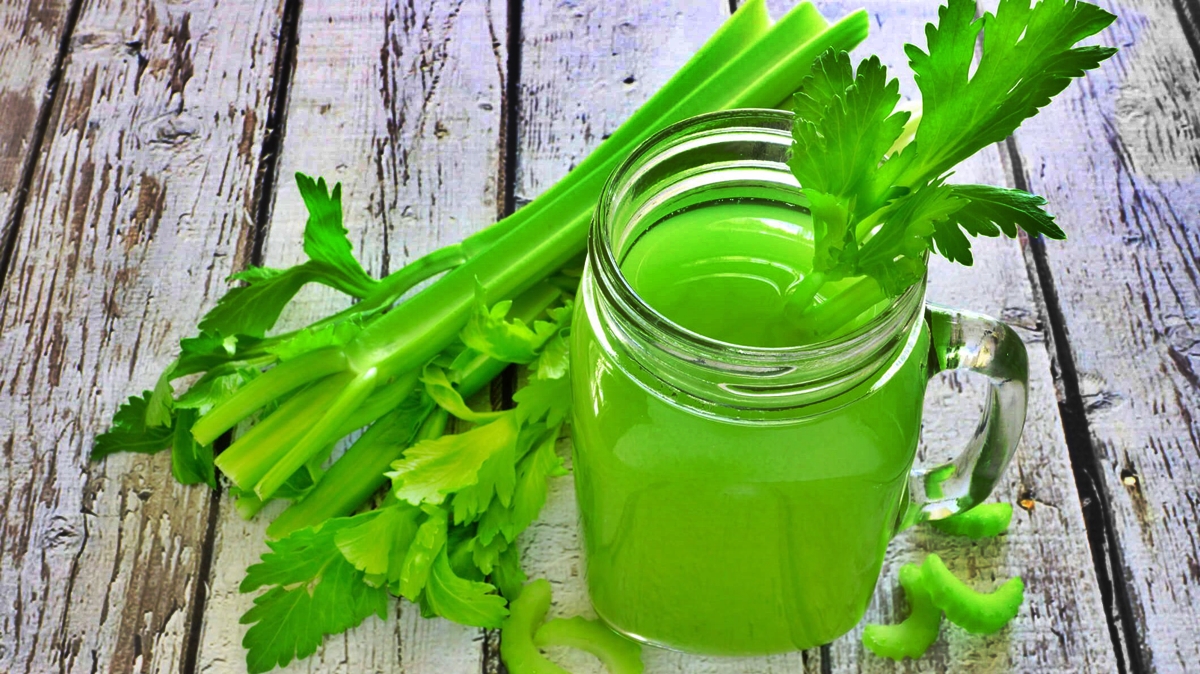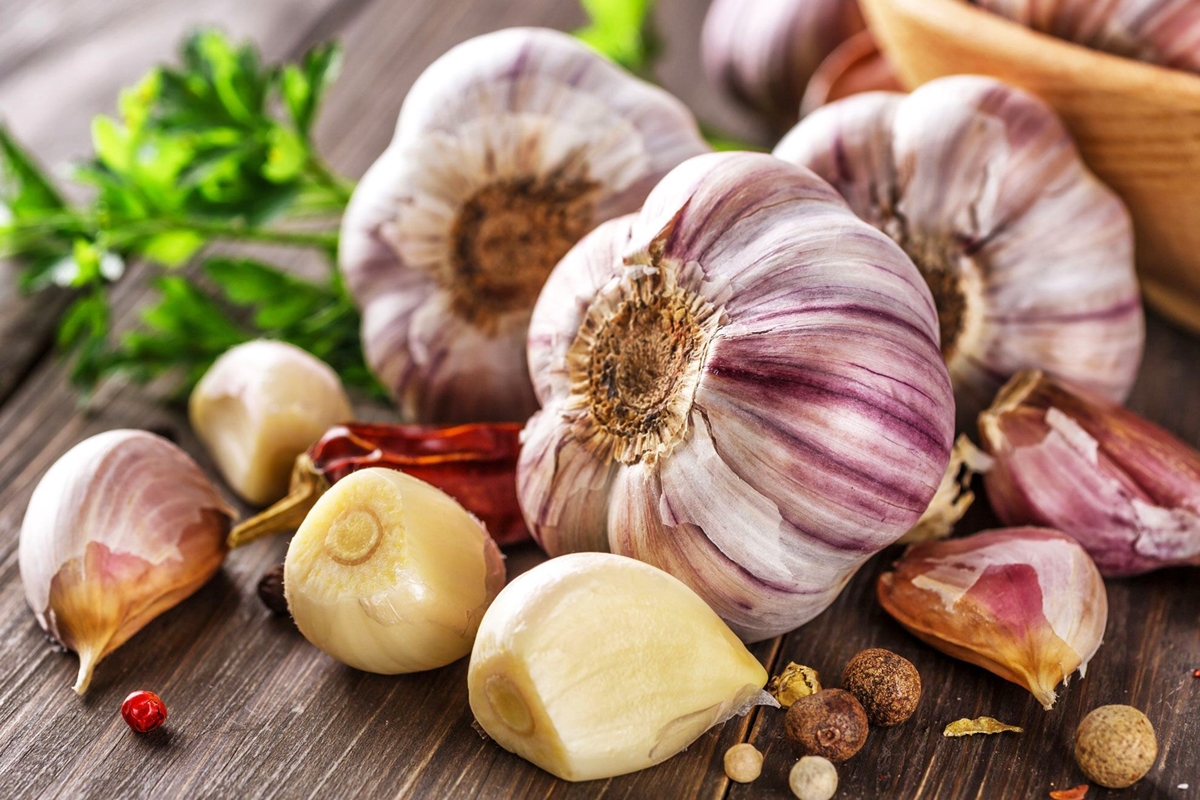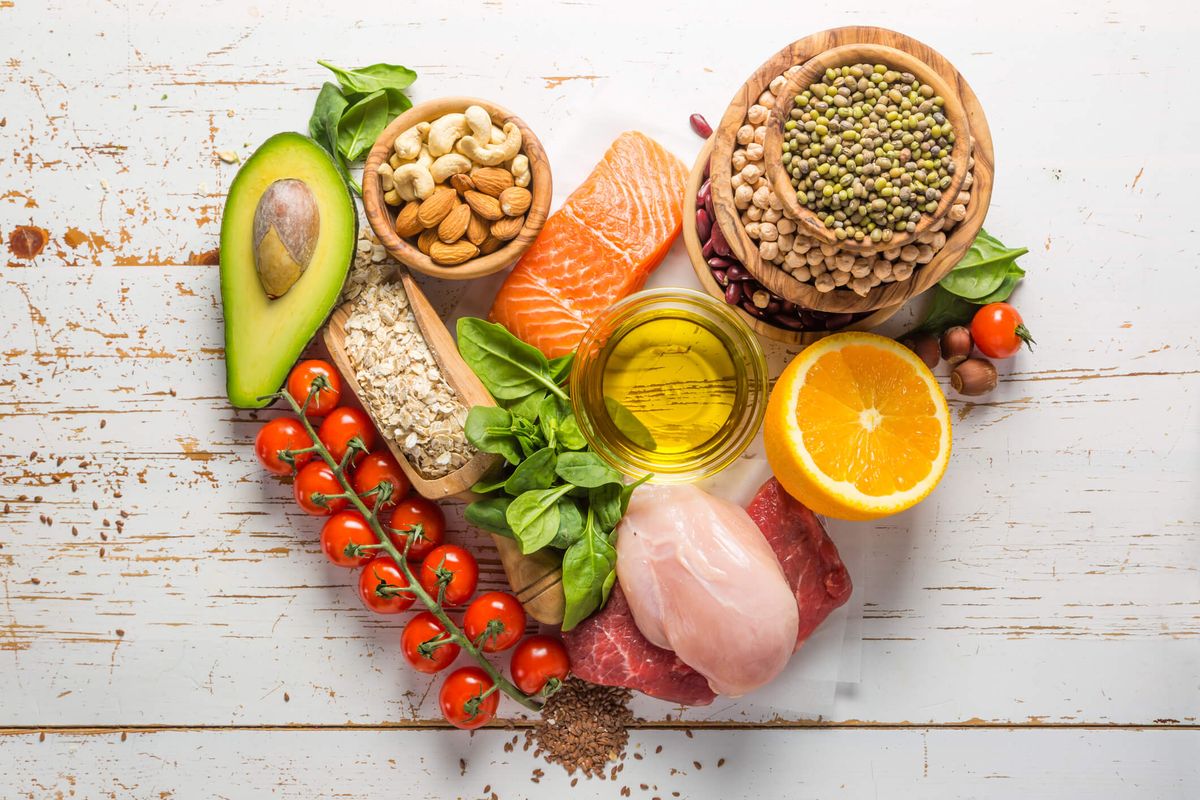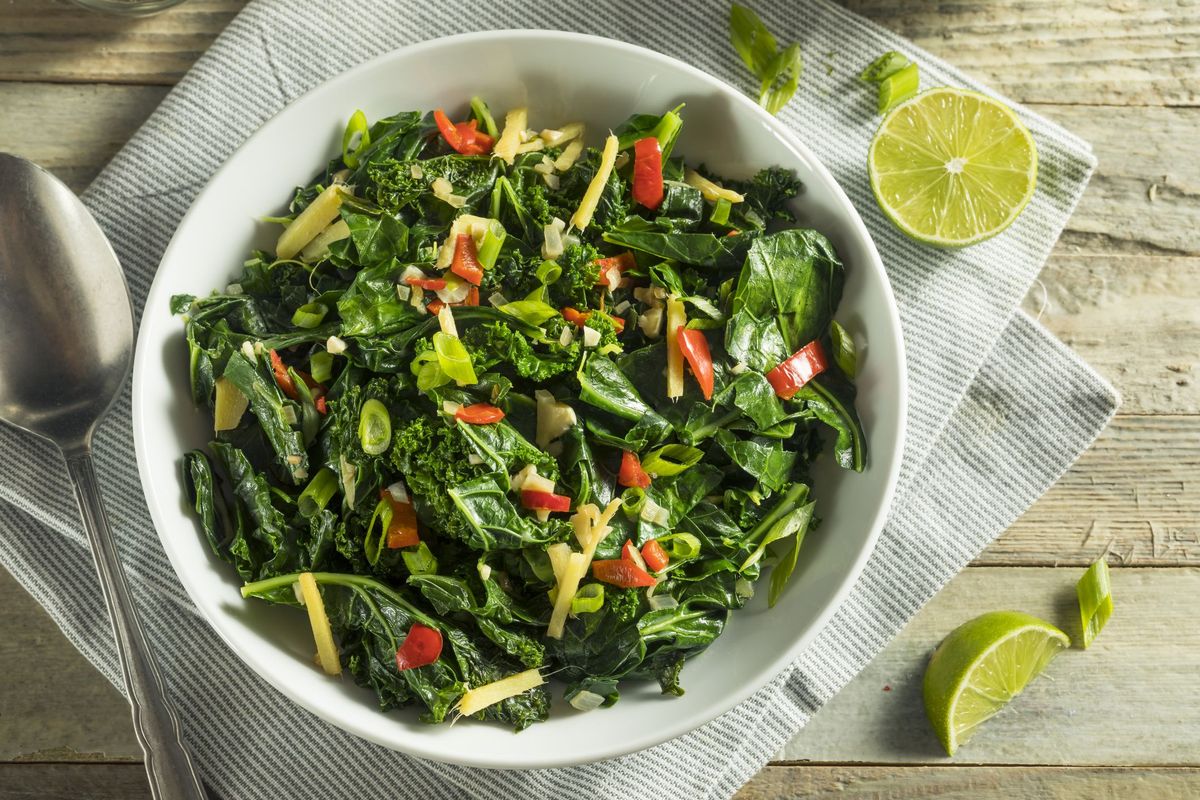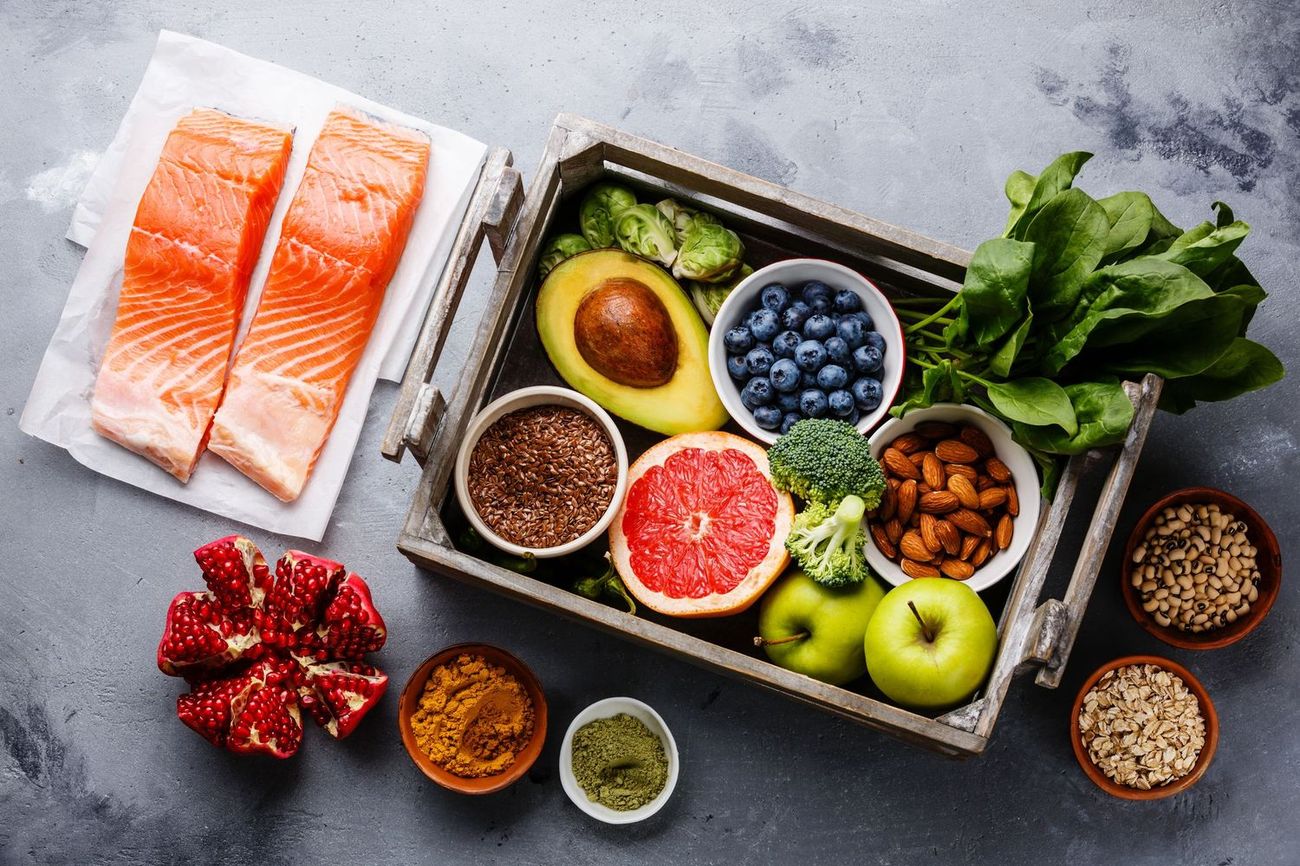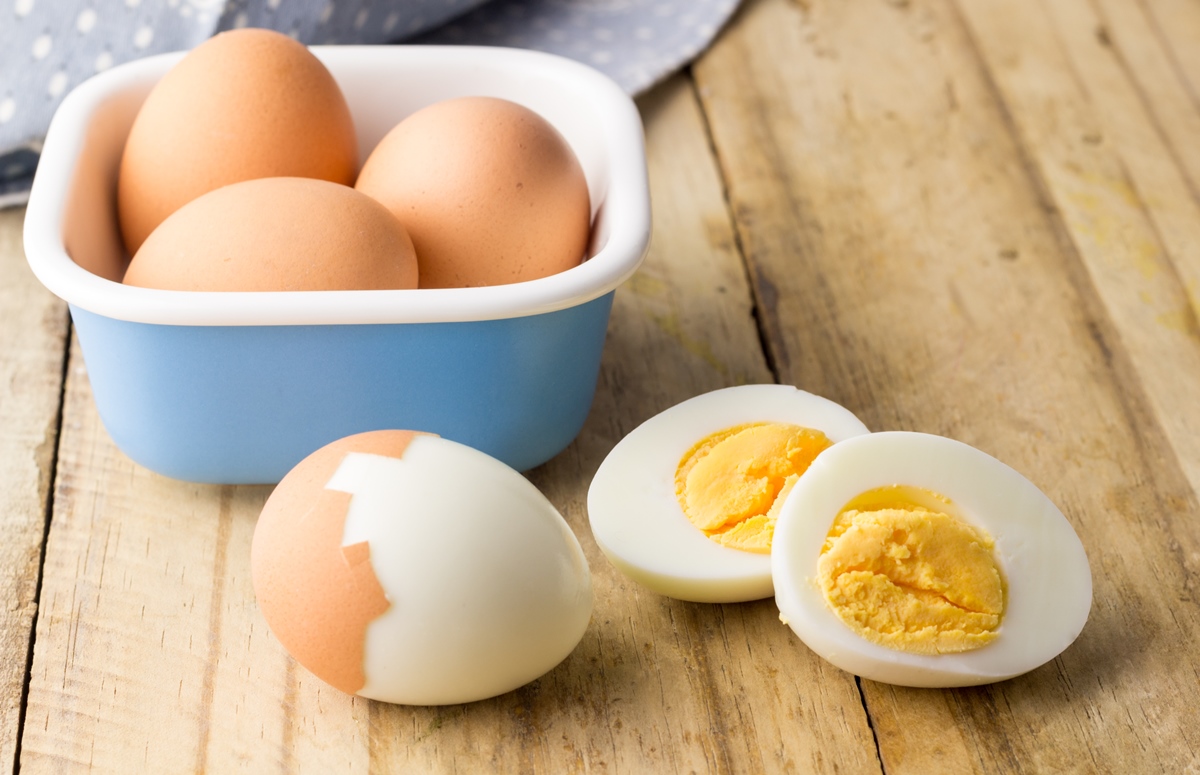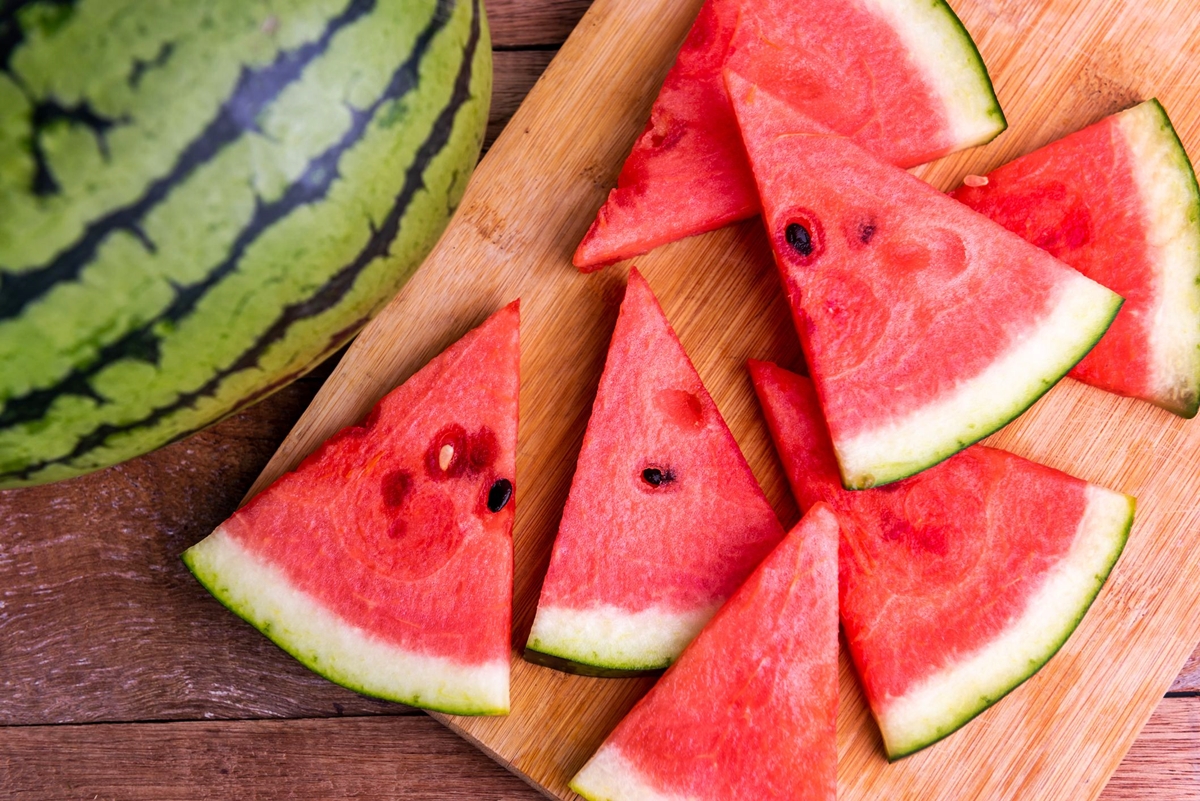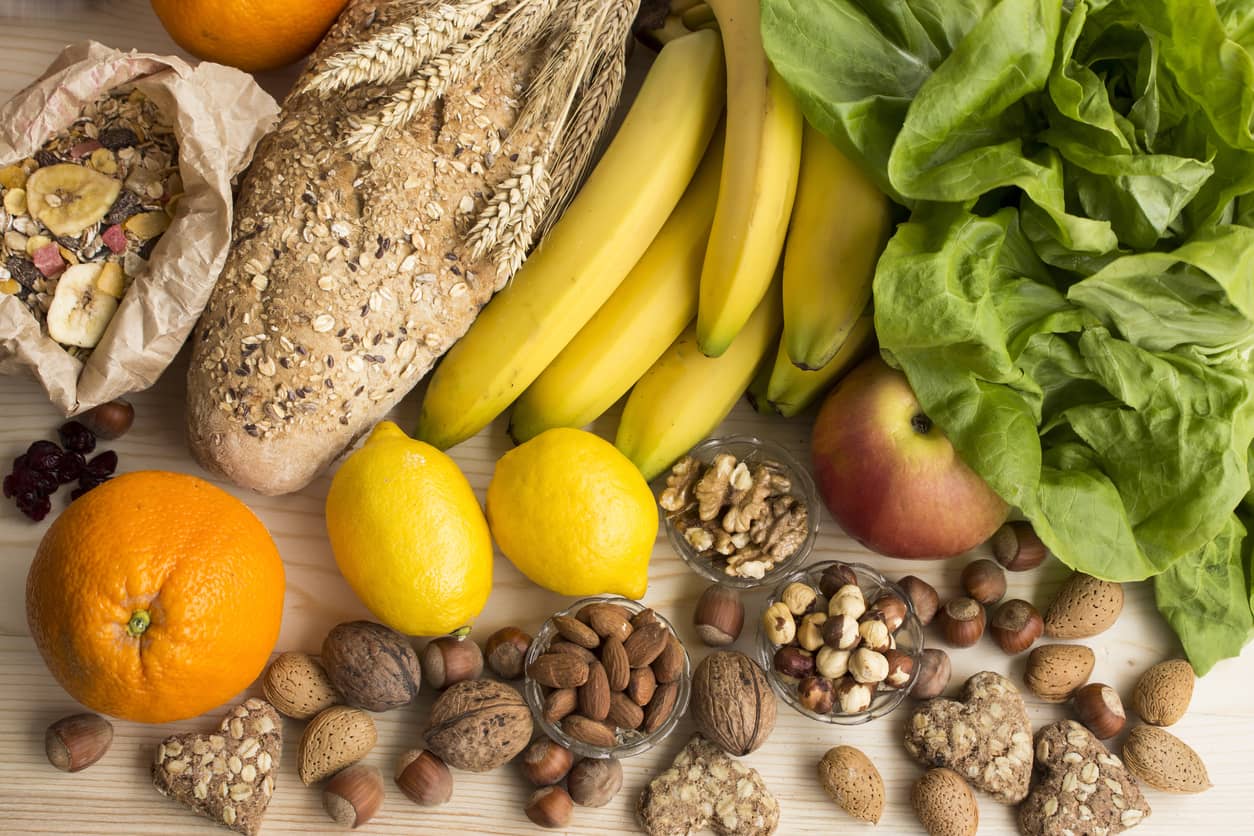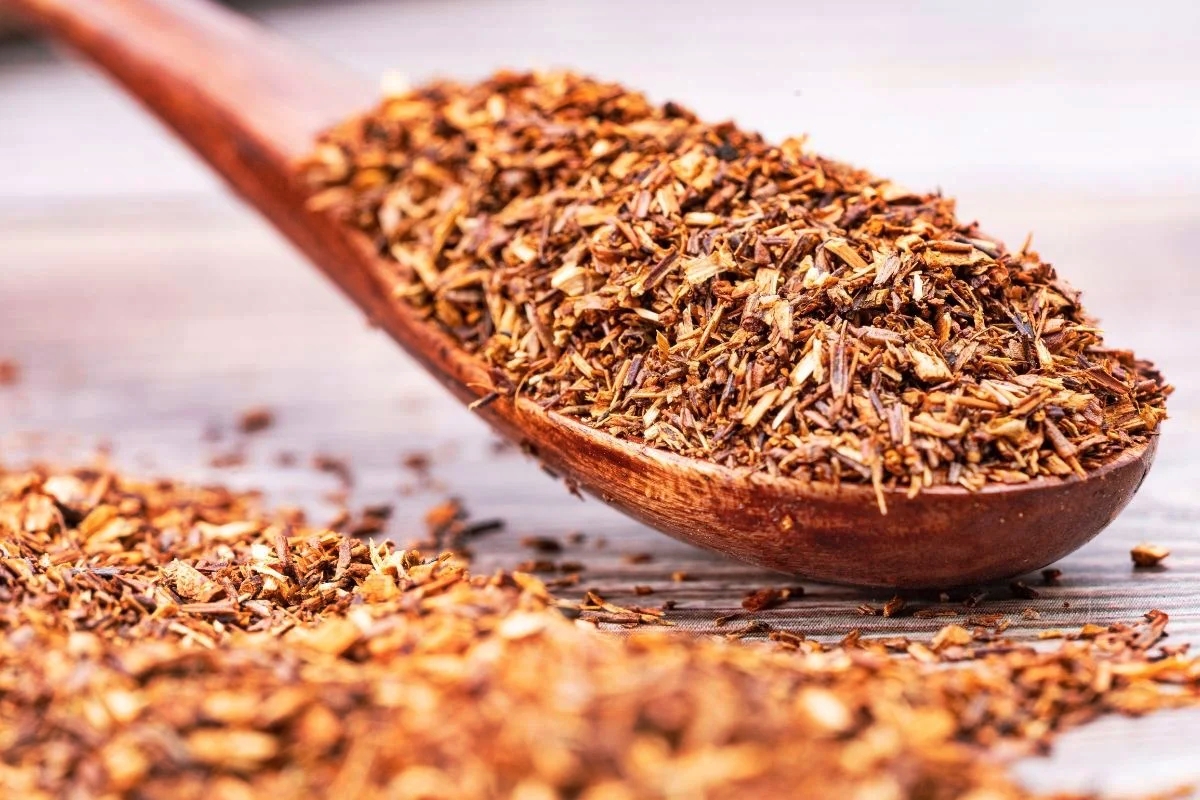Healthy Eating for Lowering Blood Pressure and Weight Loss
High blood pressure, also known as hypertension, is a common health issue that can lead to serious complications such as heart disease and stroke. Additionally, being overweight or obese can further increase the risk of developing high blood pressure. Fortunately, making changes to your diet can have a significant impact on both lowering blood pressure and shedding excess weight. Here are some tips on how to eat healthy to achieve these goals:
Focus on Whole Foods
When it comes to eating for lower blood pressure and weight loss, focusing on whole foods is key. Whole foods are minimally processed and retain their natural nutrients, making them an excellent choice for promoting overall health. Incorporate plenty of the following into your diet:
- Fruits and vegetables
- Whole grains
- Lean proteins such as fish, poultry, and legumes
- Healthy fats from sources like avocados, nuts, and olive oil
Reduce Sodium Intake
Excessive sodium intake can contribute to high blood pressure, so it’s important to be mindful of the amount of salt in your diet. To lower your sodium intake, consider the following tips:
- Avoid processed and packaged foods, which often contain high levels of sodium
- Use herbs, spices, and other flavorings to season your food instead of salt
- Read food labels and choose low-sodium or sodium-free options when available
Limit Added Sugars and Refined Carbohydrates
Consuming too much added sugar and refined carbohydrates can lead to weight gain and may also contribute to high blood pressure. To reduce your intake of these items, try the following:
- Opt for whole fruits instead of fruit juices or sweetened snacks
- Choose whole grain options such as brown rice and whole wheat bread over refined grains
- Limit your consumption of sugary beverages and desserts
Practice Portion Control
Controlling portion sizes is essential for managing weight and blood pressure. Overeating can lead to weight gain, which in turn can increase the risk of hypertension. To practice portion control, consider the following strategies:
- Use smaller plates and bowls to help control portion sizes
- Be mindful of serving sizes and avoid going back for seconds
- Listen to your body’s hunger and fullness cues to avoid overeating
Stay Hydrated
Proper hydration is important for overall health, including maintaining a healthy weight and blood pressure. Aim to drink plenty of water throughout the day and limit your intake of sugary and caffeinated beverages, which can contribute to dehydration and potentially affect blood pressure.
By making these dietary changes and adopting a healthy eating pattern, you can effectively lower your blood pressure and achieve weight loss. Remember to consult with a healthcare professional or a registered dietitian before making significant changes to your diet, especially if you have existing health conditions or concerns.
With a focus on whole foods, reduced sodium and sugar intake, portion control, and adequate hydration, you can take important steps towards improving your overall health and well-being.
